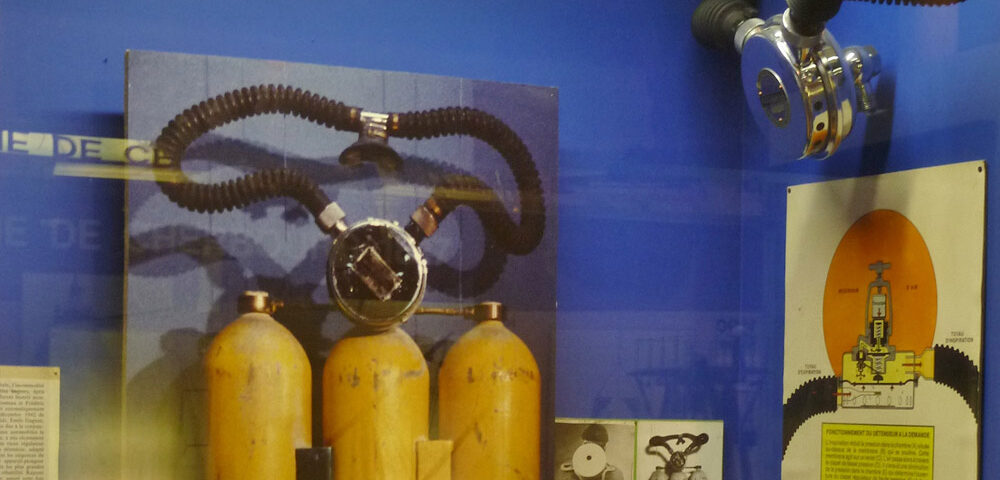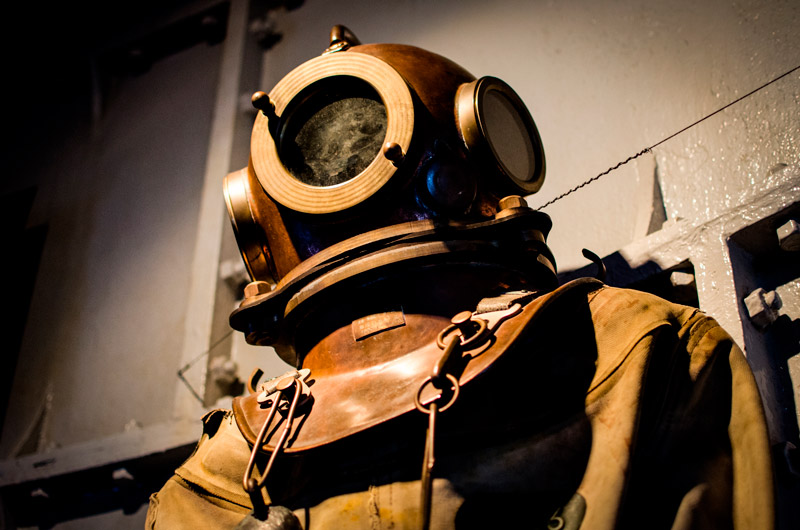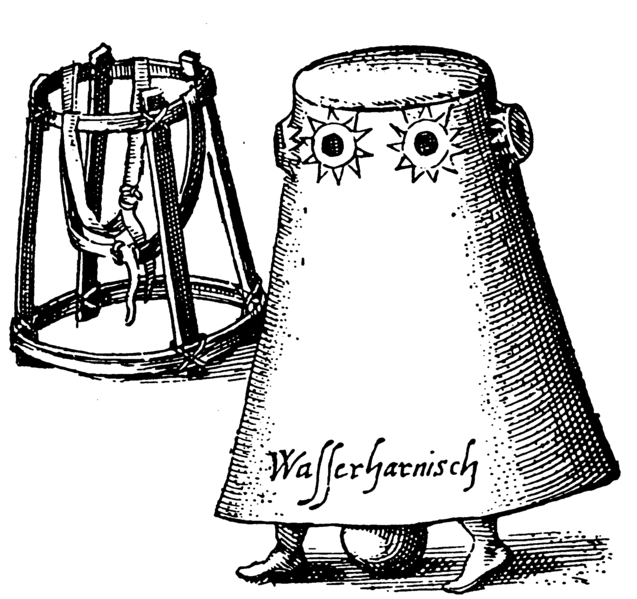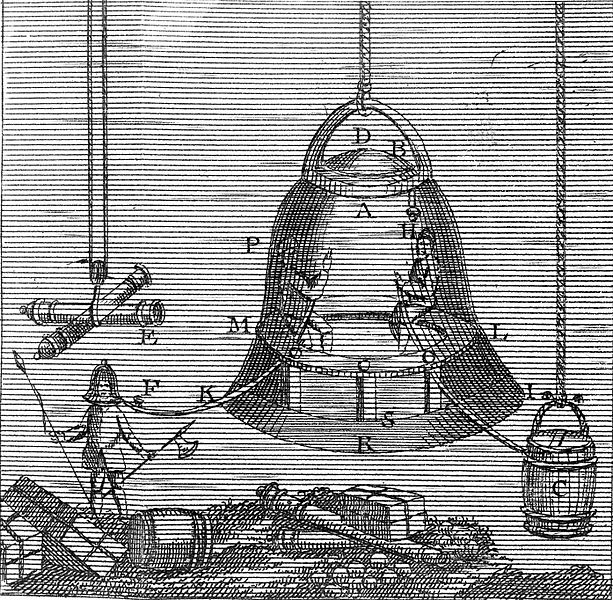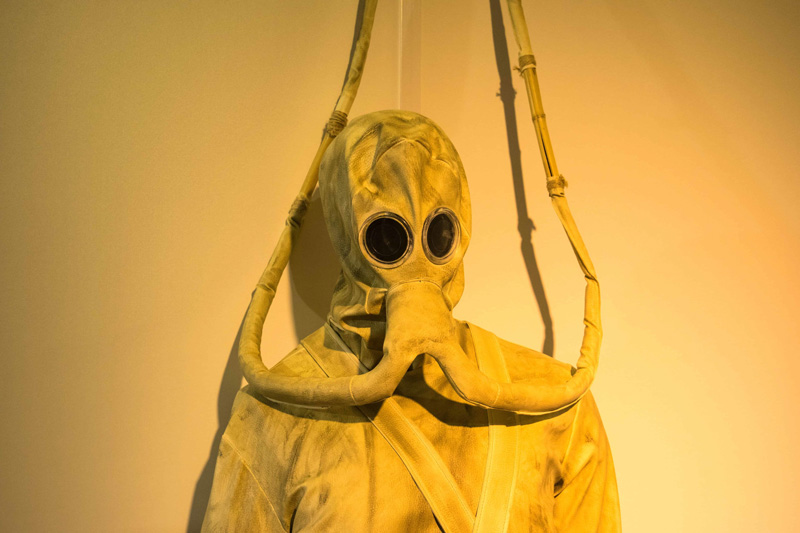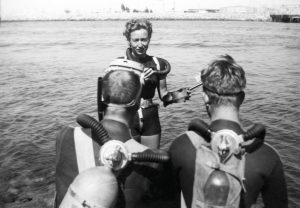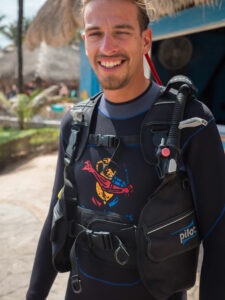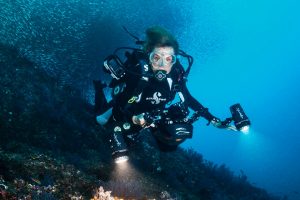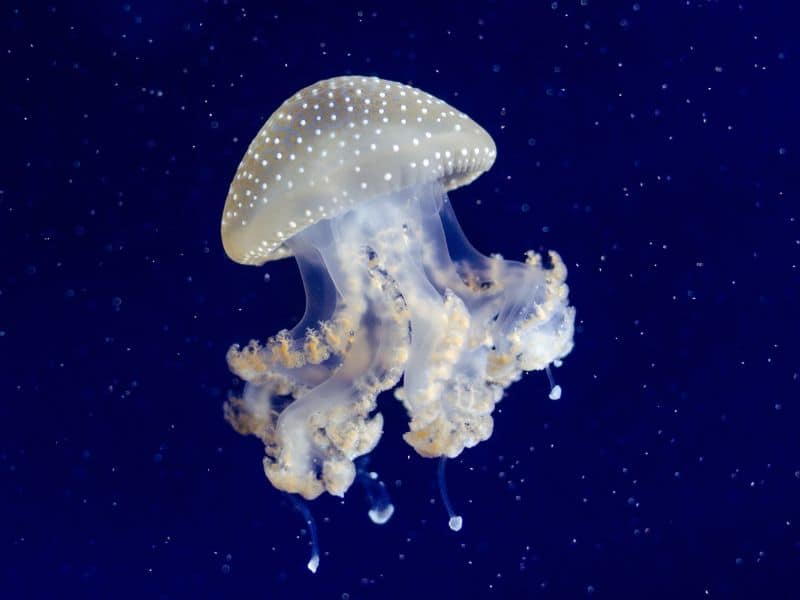Diving History Timeline
- Scuba Diving History, First Steps
With an unlimited new world open before him, Cousteau found a new passion: underwater films and photographs. In the ’50s, people fed up with the war horrors loved Cousteau’s films. More and more people were becoming interested in diving, and the “Aqua-Lung” began to have competitors.
In 1955, Al Tillman, director of sports for the Los Angeles County Department of Parks and Recreation, felt compelled to teach people to make diving as safe a sport as possible. Thus, he promoted the first Underwater Instructor Certification Course (1UICC) and the creation of the first civil diver training agency in the world.
In 1960, The National Association of Underwater Instructors (NAUI) held its first Instructor Certification Course at the Shamrock Hilton Hotel in Houston with 72 candidates. Cousteau was part of the advisory board.
Scuba diving innovations came very quickly now. The dual hose regulator gave way to single hose regulators. The first wetsuits appeared in the ’50s and the first buoyancy control devices (BCDs) in 1965.
As far as the love of diving grew, so did awareness of the need for training to manage the risks of diving. Thus, the first scuba certifications appeared. However, it was still an activity that only an elite could afford.
- Scuba Diving History: Adolescence
While diving equipment advanced rapidly, training stagnated. It was a problem until John Cronin, who worked for a well-known diving brand, and Ralph Erickson, a diving instructor, inaugurated the PADI Professional Association of Diving Instructors. With it, they professionalized dive training and business practices. Recreational diving was gaining momentum.
- Scuba Diving History, Maturity, And Technical Diving Birth
The more thorough and regulated dive training became, the safer the sport became. The media contributed to its popularity, making diving more widely known and arousing the curiosity of more and more people for this sport that allows you to breathe underwater.
Among the many names that have helped increase diving safety are:
Andrea Zaferes, is one of the most renowned diving instructors specializing in rescue and recovery.
Butch Hendrick is a Diving instructor known for being an innovative equipment designer, safety standard creator, and contributor to the diving and in-water rescue/retrieval communities.
Thus, it became popular by leaps and bounds. It ceased to be a sport for crazy daredevils. Now even children practice it.
In addition, those who were always looking to break the limits (more time underwater, deeper, reach more complicated places) were in luck. The first technical diving disciplines emerged as a separate modality from recreational diving.
- Scuba Diving History: What Can We Expect in the Future?
The history of scuba diving is still short. We are talking about a very young discipline. It has many things to offer as a recreational sport and in terms of scientific progress.
We can expect that new information technologies will leave their mark on the diving history. It is easy to imagine how the next generation will see front displays on diving masks as a matter of fact. They will be able to control the data provided by their computer, communicate with their dive buddies, and have a panoramic view of the underwater environment.
Diving history is still at its beginning. And here we are, divers, looking forward to what the future holds.




